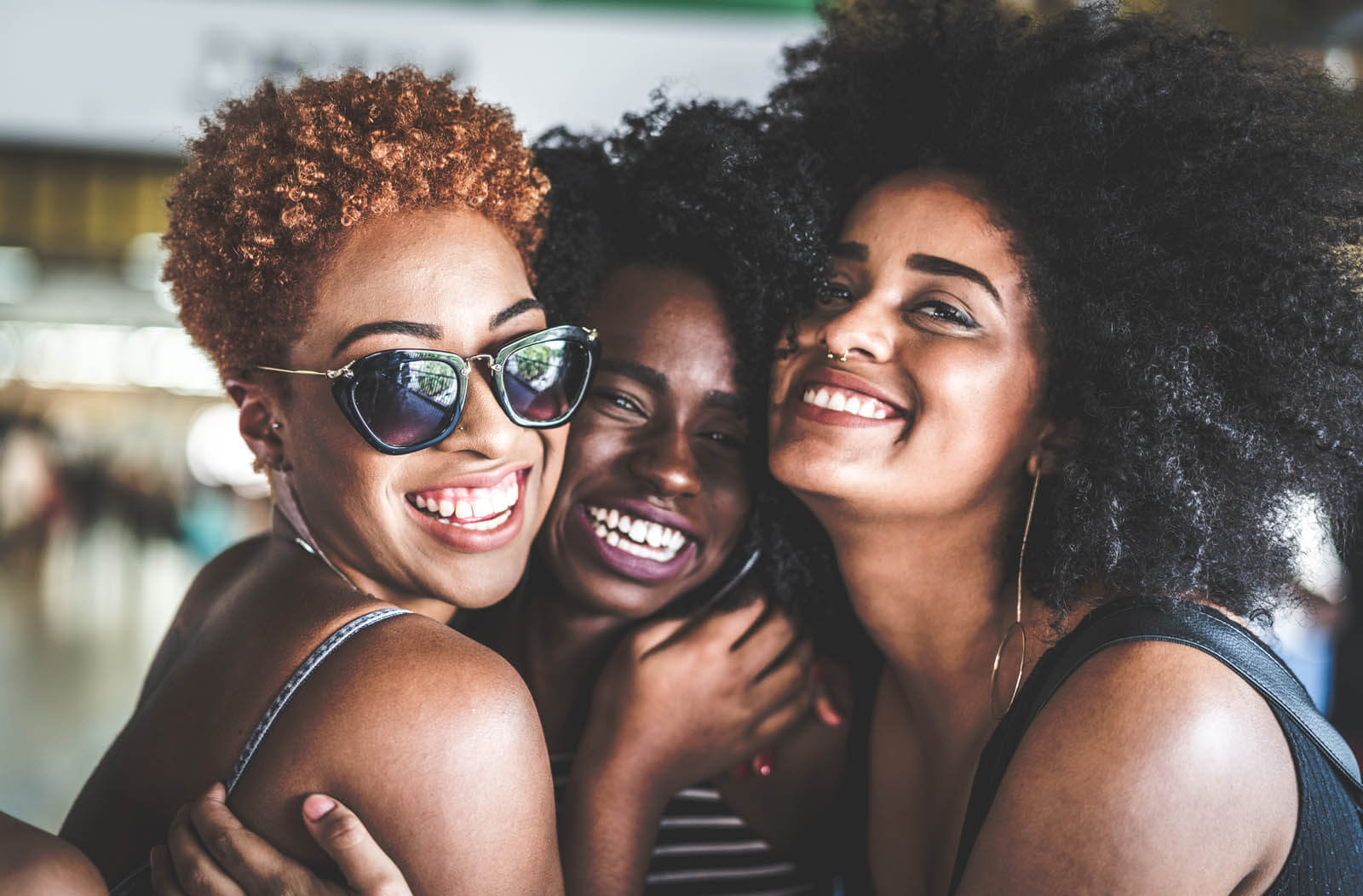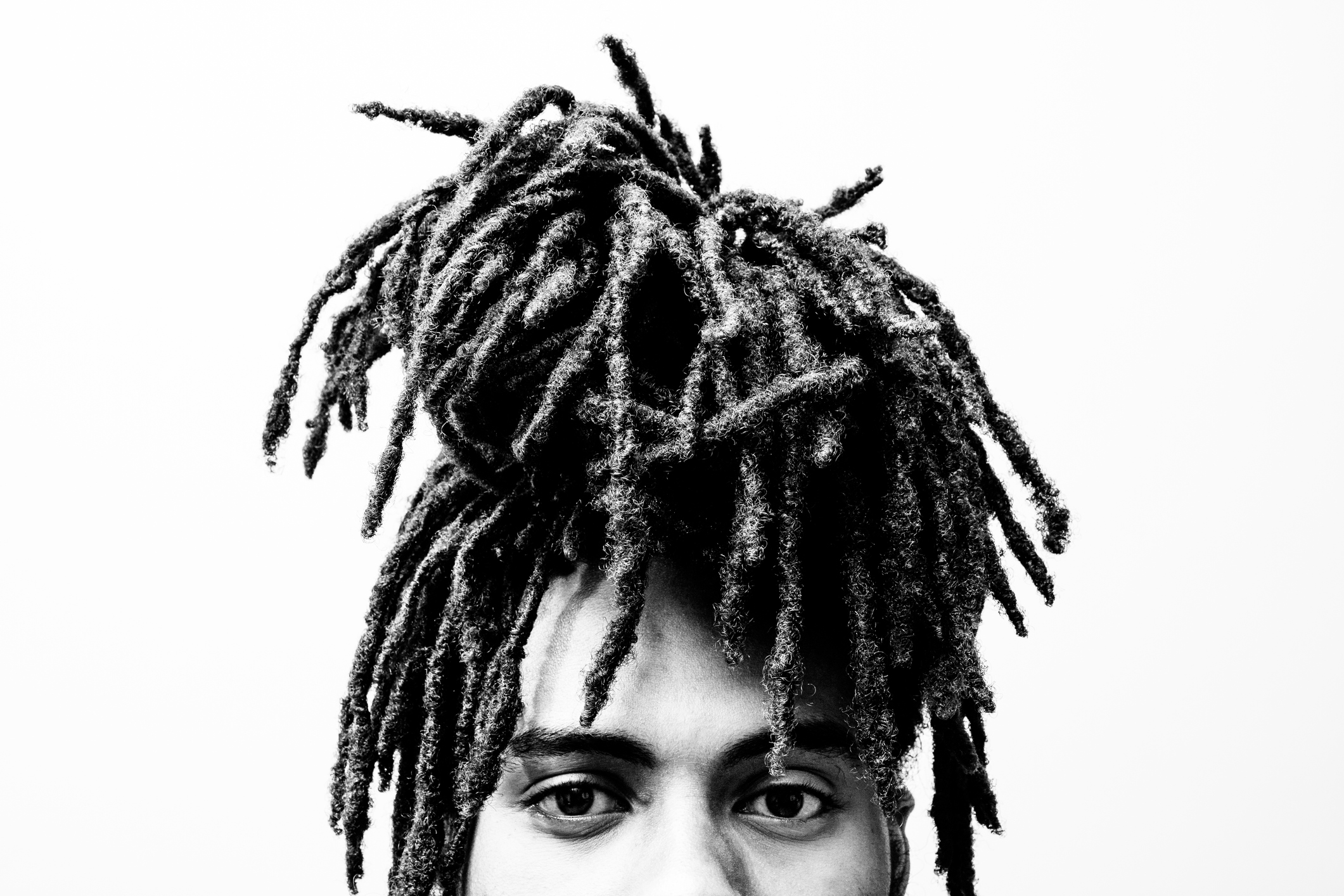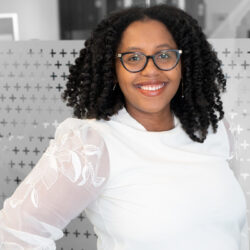
Hair Love: The Evolution of Hair Acceptance + Discrimination in the Black Experience
Filed Under: Black / African American
Ashleigh Williams
Senior Director, In-Person Qualitative Research
They say, “it’s just hair, it will grow back”…right? While that saying may be somewhat true, we know that hair is seen as a crown of glory (especially for women). Hair can be something people envy others for, and it can also be used as a weapon to label a group or culture as “other.” The expression of beauty through hairstyles has been a long-standing signature of Black culture. From the “fro” to hair wraps to braids, Black men and women use their hairstyles as a personal expression of who they are and to show the evolution of Black culture over time.
We’ve certainly come a long way from when we first took a look at how hair connects to identity in Black culture. Back then, the natural hair movement had just caught on and was in full swing. This hair evolution has now brought us to a time when more and more Black women are embracing the natural beauty of their own hair.
“Perms, or chemical straighteners are down 26% after the start of the natural hair movement in 2006” (Mintel 2018). However, although women aren’t paying for relaxers, they are spending more money on natural hair care products to maintain their soft curls. Often called “product junkies,” Black women who have gone “natural” average 3-4 products within their hair regimen if not more (according to Mintel).

When we last examined this category, mainstream brands had just begun to scratch the surface of marketing to a mainstream “curly” natural consumer. Brands like Shea Moisture and Carol’s Daughter branched out into a mainstream market and were heralded outside the Black community for their cruelty-free quality products. Not surprising, today Black consumers dominate when it comes to spending in the ethnic hair and beauty market even more than before. Nielson projects they invested $54 million of the $63 million total industry spend in 2017. However, the numbers also show that Black consumers are spending significantly in the mainstream beauty category. Nielsen reports that “in 2018 Black shoppers spent $473 million in total hair care (a $4.2 billion industry) and made other significant investments in personal appearance products, such as grooming aids ($127 million out of $889 million) and skincare preparations ($465 million out of $3 billion).” (Nielsen 2018)
Mintel values the Black hair care industry at more than $2.5 billion, but that statistic doesn’t include products such as hair accessories, wigs or electric styling products. So, the industry is actually worth much more. “Furthermore, trends show that this industry is steadily growing with a projected increase to $2.84 billion in 2022” (Mintel).
With so much money being spent, the Black hair industry can seem like a gold mine for brands and companies to try to get their piece of the profit. In recent years, mainstream brands like Unilever (Emerge) and P+G (My Black is Beautiful) have launched their own respective product lines and even celebrities are jumping into the action!
Tracy Ellis Ross recently released her new hair care line for kinky and coily hair named Pattern that provides products for type 3-4C hair types. When asked about why she created this product line she remarked, “”I don’t believe that people should have to be dependent on a professional to feel their most beautiful and for their hair to be healthy (Allure 2019).” Empire star, Tariji P. Henson, recently released a collection exclusively at Target called TpH derived from her hair creations started in her own kitchen at home.
Hair love has also grown and reached beyond “curl” acceptance in the Black community. African hairstyles like dreads, twists, and braids have re-emerged and are now celebrated for their artistry/contributions to Black culture.
Breaking Free From Social Stigma
However Black hair acceptance and hair styles/practice doesn’t escape controversy. Beauty, and specifically hair, in Black culture has been a sensitive topic of discussion for decades with roots all the way back to the Civil Rights Movement and beyond. To help in understanding the emotional significance hair has on Black culture and identity, one doesn’t have to look too far within our Black communities to understand the effects.
As with any topic that garners passionate responses, one must look at hair and cultural identity within the Black community for context. Social oppression, abuse, and racial discrimination have historically forced many Black women to hide their hair. For example, before the emancipation, hair wraps were used as a sign of oppression/social status and a means for Black women to make themselves less attractive to their owners. Fast forwarding to when Black women entered the industrial workforce, many felt forced to adopt a more anglicized practice when it came to hairstyles (straightened, processed, and altered from its natural curl pattern/state).
With all of this progression and growth of hair acceptance within the Black community, we also saw an increase in the cases of hair discrimination we initially saw emerging. Even today, in certain places, industries, or workplaces, traditional Black hairstyles, such as dreadlocks, are restricted and can be a cause for termination. An 11th circuit court of appeals recently ruled that banning employees for wearing their hair in “locs” does not qualify as racial discrimination.
These situations are also popping up in our schools through school dress or “hair” codes. In 2019, a video went viral of a teenager from New Jersey, who was forced to cut of his “locs” in order to compete in his wrestling match. Two girls in Virginia were suspended for wearing their hair in braided styles at a local Catholic school.
Needless to say, this topic of discussion will continue on as people gripe with the social prejudice that’s linked to Black hairstyles in this country. To counteract, advocates have been pushing for stronger and positive representation on Black hair acceptance. These efforts gave birth to the CROWN act, an acronym for “Creating a Respectful and Open World for Natural Hair” which is a piece of legislation that would prevent discrimination based on hair texture and protective hairstyles.
And companies are jumping on board to advance the movement! Dove has started the Crown Coalition, an internal effort to end hair discrimination by having consumers sign the petition to make the Crown Act a federal law. In this year’s Academy Awards, short animated film Hair Love won an Oscar. It was praised for the education it provided of hair styling behaviors, promoting positive affirmations when it comes to hair, and the effort to help normalize Black hair in mainstream culture. The producers and creators of Hair Love, Karen Rupert Toliver and Matthew A. Cherry, invited DeAndre Arnold, a Houston high school student who was suspended from school and told that he wouldn’t be able to participate in prom or graduation unless he cut the length of his dreadlocks, as their guest. And awareness is helping change the country, both New York, New Jersey, and California have successfully passed respected CROWN Act legislation.
Our POV:
So what does this all mean for you and your brand? As brands become more a part of the social and cultural conversion, awareness of these issues is vital in understanding your consumer.
Cultural context is important.
Regardless of the segment or culture you are looking to communicate/cater to, understanding the historical significance and context around a ritual, behavior, or perspective is important. Something as simple as a hairstyle, like dreadlocks, within the Black community can signify spirituality or a strong tie to their religious beliefs. Therefore, stereotypes or even denouncing their hair as unkempt or not professional is seen as highly offensive. Understanding these deep meanings can only be achieved with deep immersion into the cultural practice. That’s where C+R can help! Here at C+R we specialize in cultural immersive methodologies to harness the power of empathy building via seeing a culture in action in its natural context with the consumer world. Our experts act as your guides to help you better understand what it’s like to walk in consumers’ shoes.
Supporting consumers makes them feel “seen” and “heard.”
While being a part of a unique cultural community is something to be celebrated, in communities of color, the additional stress developed from prejudice can be taxing and often leave consumers feeling like they aren’t believed, or their experiences aren’t valid. Initiatives like Dove’s can make consumers feel seen and heard. It gives them a sense of belonging, worth, and empowerment. Establishing this support is valuable in developing authentic connections with Black consumers.
explore featured
Case studies

